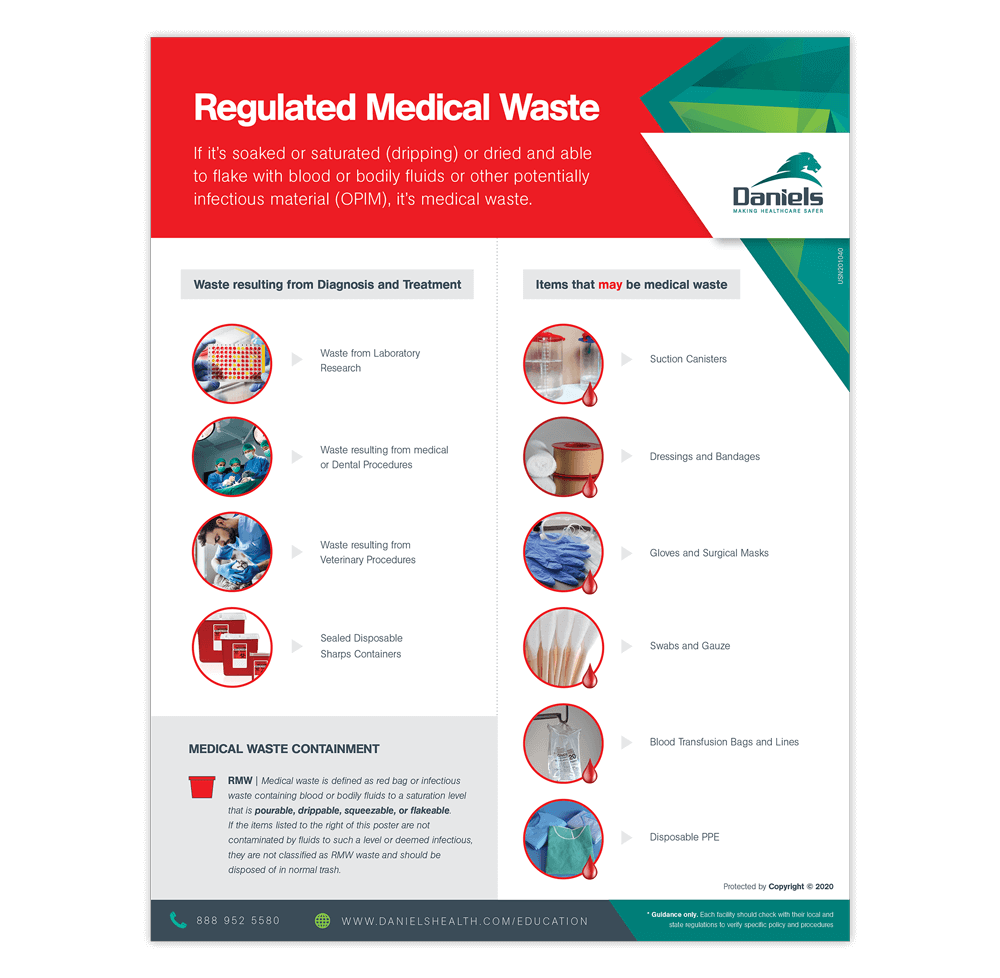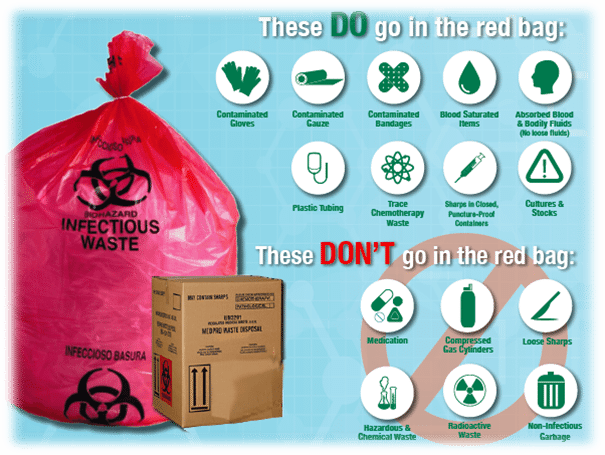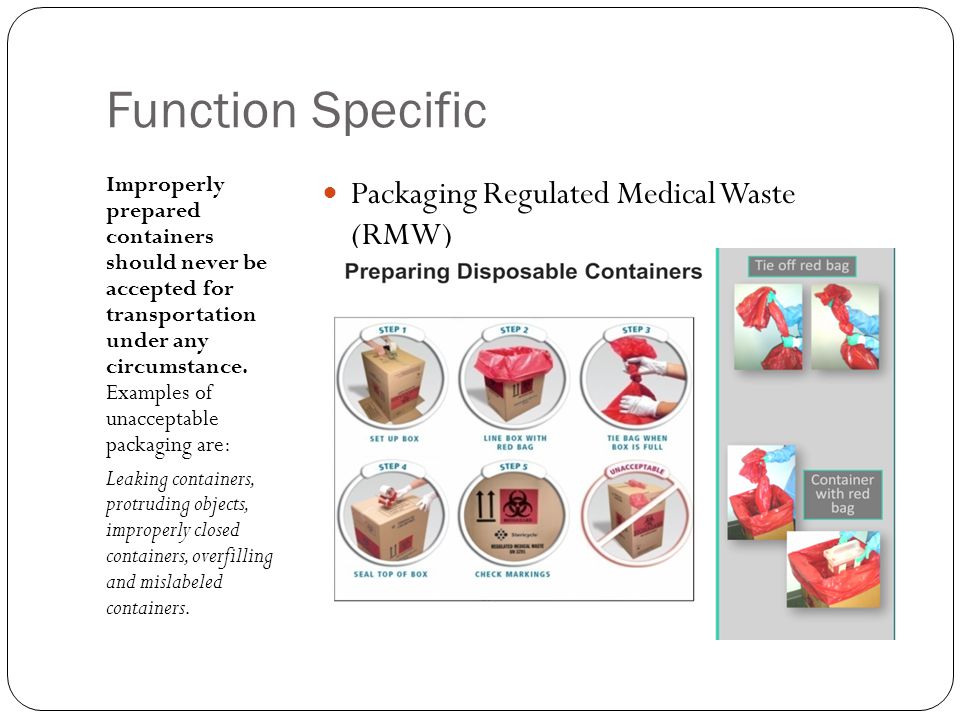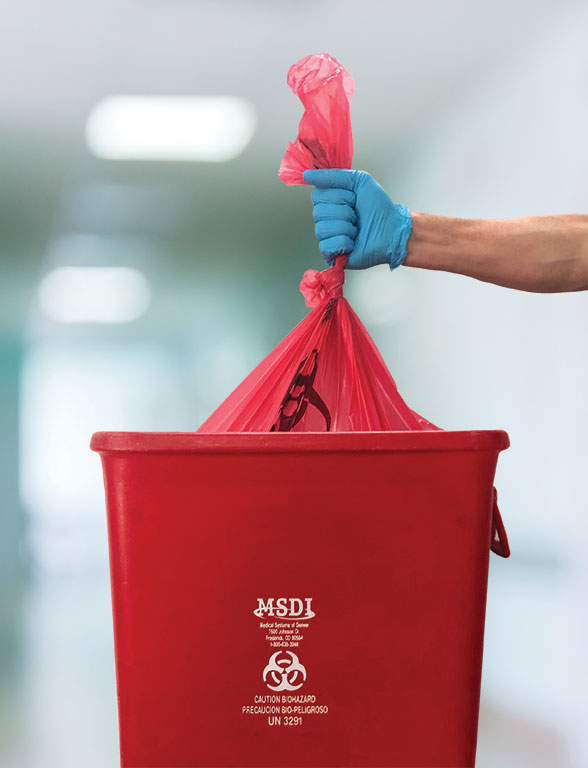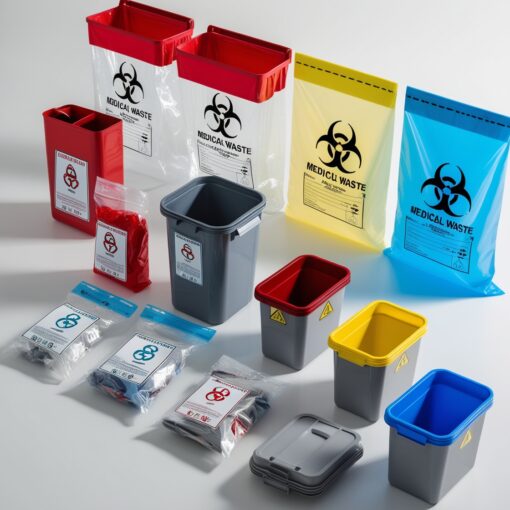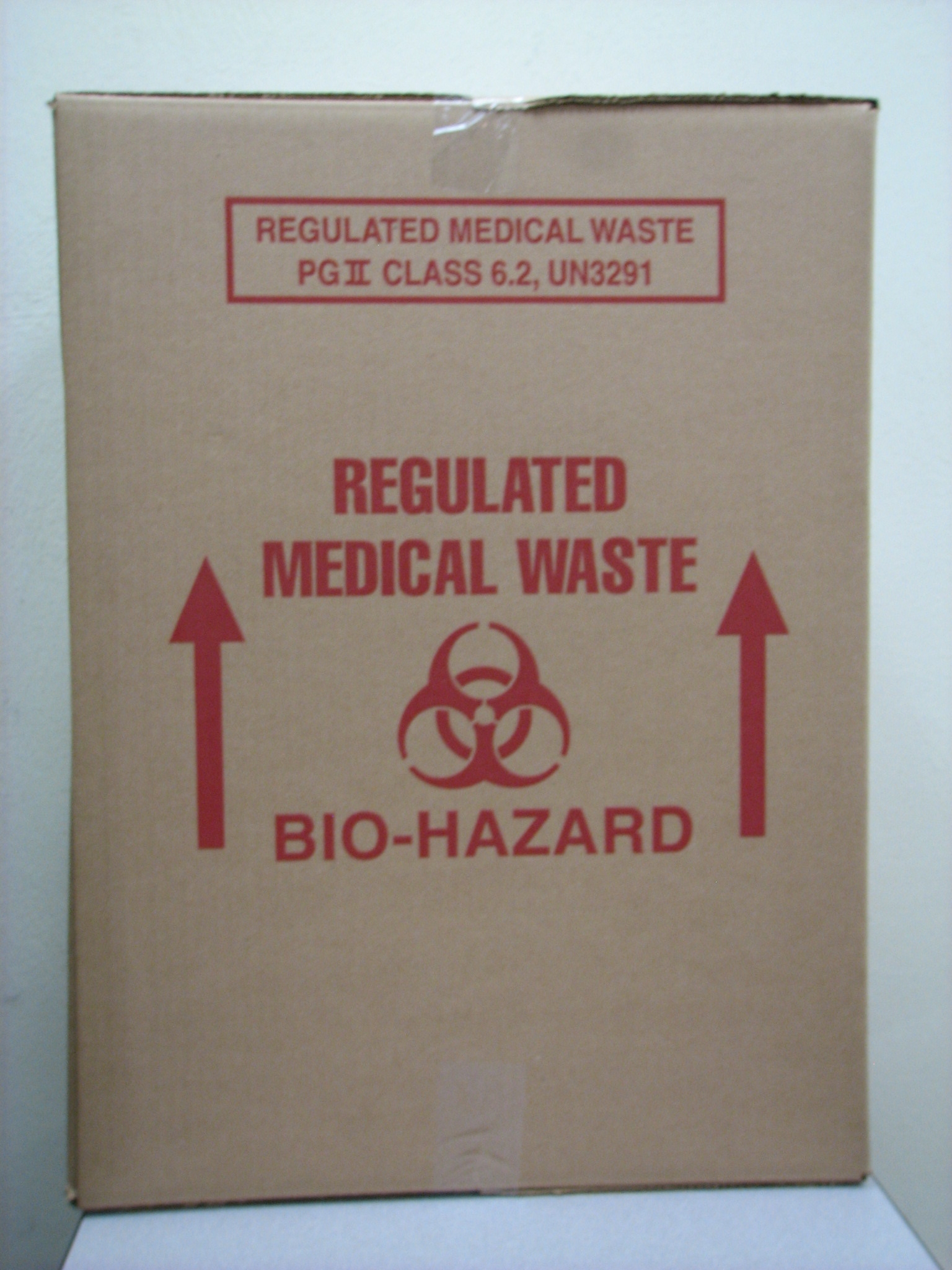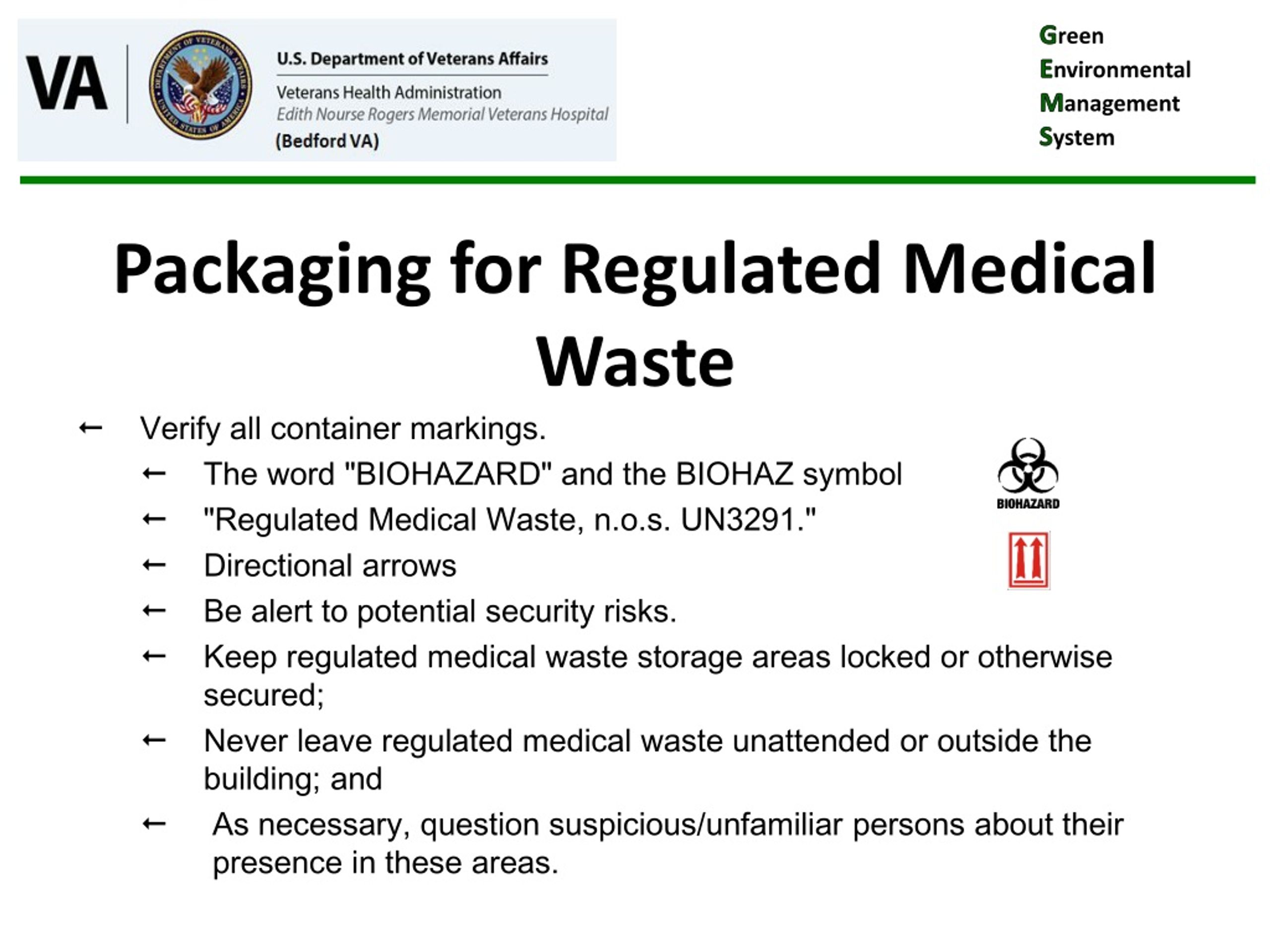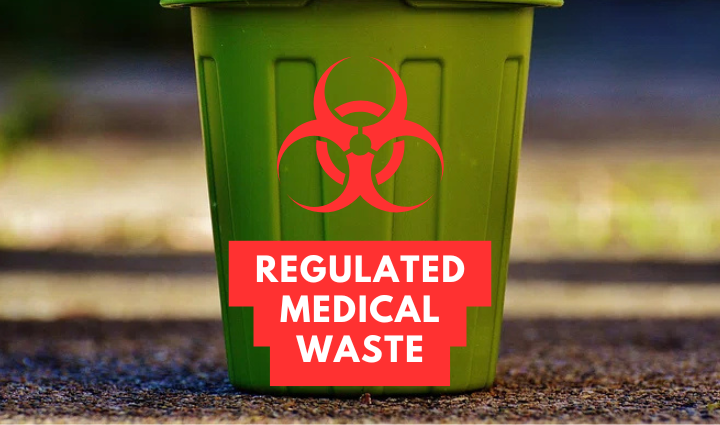Regulated Medical Waste Falls Into Which Dot Packaging Group

Immediate action is required following the discovery that regulated medical waste (RMW) is being improperly classified under outdated Department of Transportation (DOT) packaging guidelines, creating significant risk during transportation and disposal. This misclassification potentially endangers public health and environmental safety, demanding immediate attention and corrective measures.
The core issue involves RMW, including sharps and infectious materials, being categorized under DOT's Packing Group III or even lower, while its hazardous nature mandates stricter Packing Group II requirements. This discrepancy impacts container selection, labeling, and handling protocols, raising the risk of spills, exposure, and ineffective containment during transit.
The Core of the Problem: Packing Group Misclassification
Packing Groups are a DOT classification system that designates the degree of danger presented by hazardous materials. Packing Group I signifies the greatest danger, followed by Packing Group II, then Packing Group III.
Misclassifying RMW as Packing Group III or incorrectly assigning it to a group at all means the waste is not being packaged with the stringent safety measures required for highly infectious and dangerous materials.
Why It Matters
The consequences of this misclassification are dire. Inadequate packaging can lead to breaches during transportation, exposing workers, the public, and the environment to infectious agents.
Incorrect labeling further compounds the problem, hindering emergency responders' ability to handle incidents effectively. This oversight undermines the entire chain of custody for RMW, from point of origin to final disposal.
Who is Affected?
This issue impacts a wide range of stakeholders. Healthcare facilities, waste management companies, transportation services, and regulatory agencies all bear responsibility for proper RMW handling.
Furthermore, communities located along transportation routes and near disposal sites face increased risk of exposure due to compromised safety measures. Patients, healthcare workers, and the general public are all potentially vulnerable.
Confirmed Findings and Data
A recent internal audit by BioWaste Compliance Solutions, a national RMW consulting firm, revealed a concerning trend of misclassification. Preliminary data indicates that approximately 30% of RMW shipments observed were incorrectly assigned to Packing Group III or lacked proper packaging according to their hazard level.
These findings correlate with anecdotal reports from transportation personnel and waste disposal workers who have observed damaged or leaking containers during handling. Further investigation confirmed documentation errors and a lack of comprehensive training as contributing factors.
What Needs to Happen Now
Immediate corrective action is paramount to mitigate risks. The DOT and relevant state agencies must issue clear guidance and enforce stricter compliance with RMW packaging regulations.
Healthcare facilities and waste management companies must conduct thorough internal audits of their RMW handling procedures, ensuring accurate classification and proper packaging methods are employed. Enhanced training programs are critical for personnel involved in all stages of RMW management.
The Role of Training and Compliance
Inadequate training is a significant root cause. Many individuals involved in RMW handling are not fully aware of the specific DOT regulations pertaining to different types of medical waste and their corresponding Packing Group requirements.
Compliance programs must be updated to reflect current regulations and best practices. Regular audits and inspections are essential to identify and correct deficiencies promptly.
Moving Forward: Next Steps
A task force comprised of representatives from the DOT, healthcare industry, and waste management sector is being formed to address this issue comprehensively. This group will be responsible for developing revised guidelines, enhancing training programs, and strengthening enforcement mechanisms.
Public awareness campaigns are also planned to educate communities about the risks associated with improper RMW handling and the importance of proper disposal methods. The immediate goal is to prevent further incidents and protect public health and the environment.
The situation demands immediate attention and a collaborative effort from all stakeholders to ensure the safe and responsible management of regulated medical waste. The consequences of inaction are simply too great.

